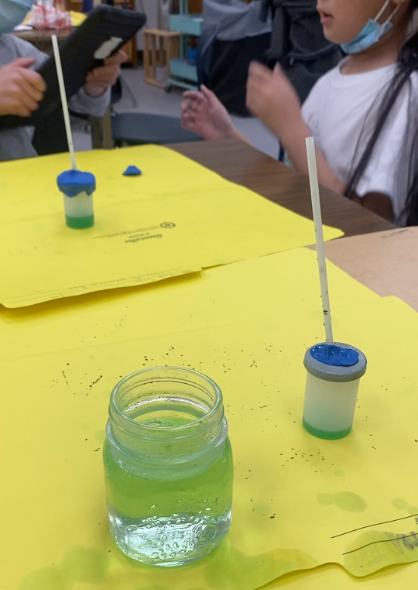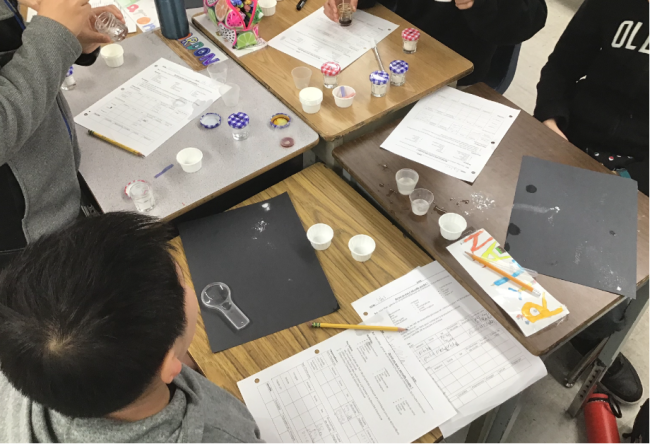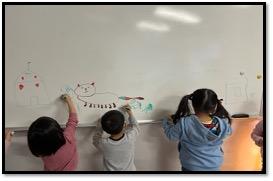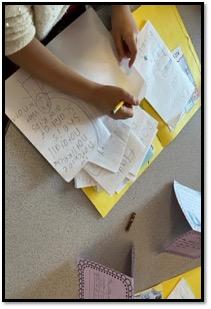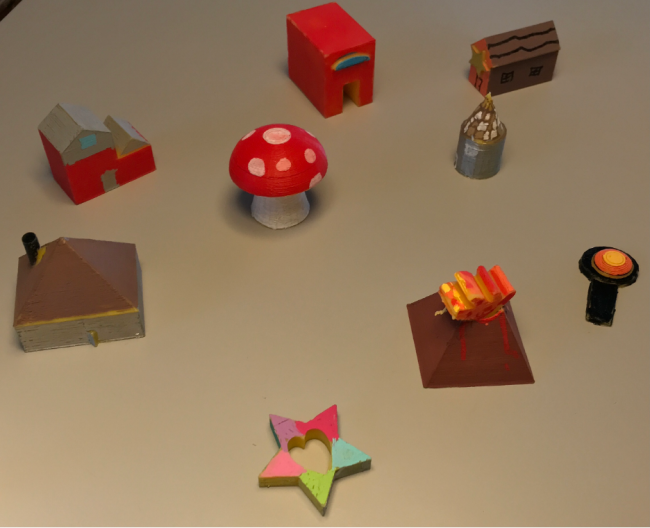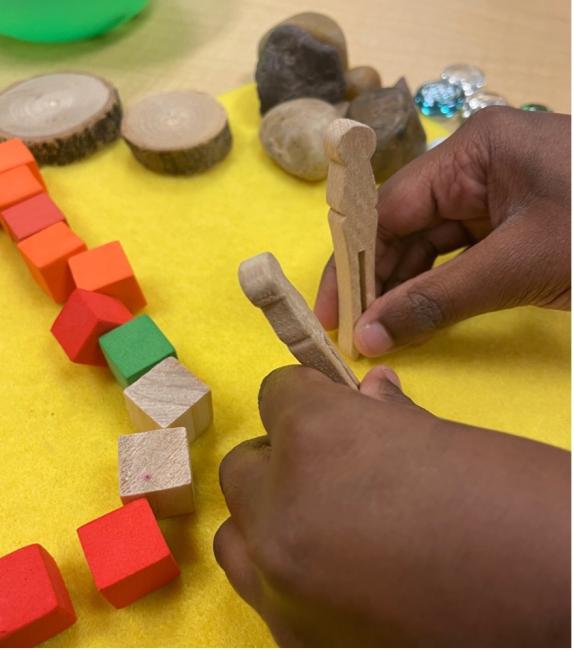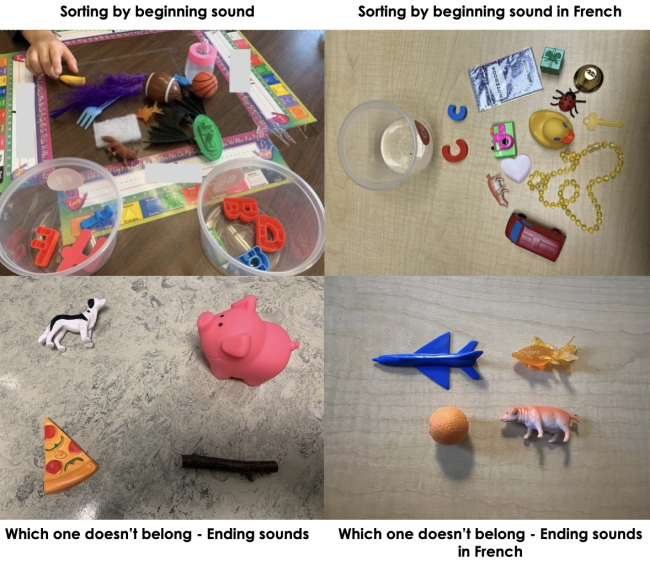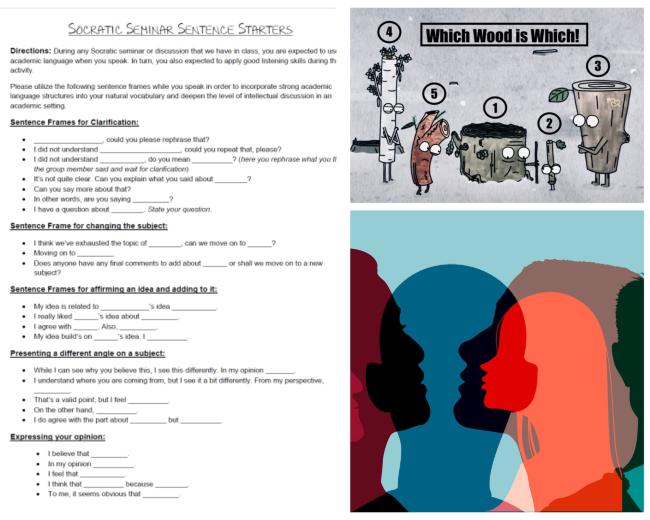Students leverage technology to learn information and concepts or show what they’ve learned in various ways. One such technology tool is the Scratch coding website, a block-based coding platform that allows students to create almost anything digital with coding blocks.
In one class, students used Scratch to create a population simulator that modelled the ebb and flow of populations in different ecosystems around the world. Students learned various coding ideas (e.g., how to automatically create clones of a sprite/character) and then applied these coding ideas to their simulation. In this specific example, students wrote code that allowed the camouflaged blue starfish a greater chance of survival than the pink starfish.
Students learned coding skills (e.g., if/then conditional statements, loops / repeat commands, variables, Boolean logic) and applied them to their simulation, and also learned how to debug / troubleshoot their code. Design thinking was also employed in the creation of their project. This was because the students considered the end product and mapped out a plan of how to create their project. Along the way they tested their code to see that it worked and made changes along the way to ensure the project expectations were met.
